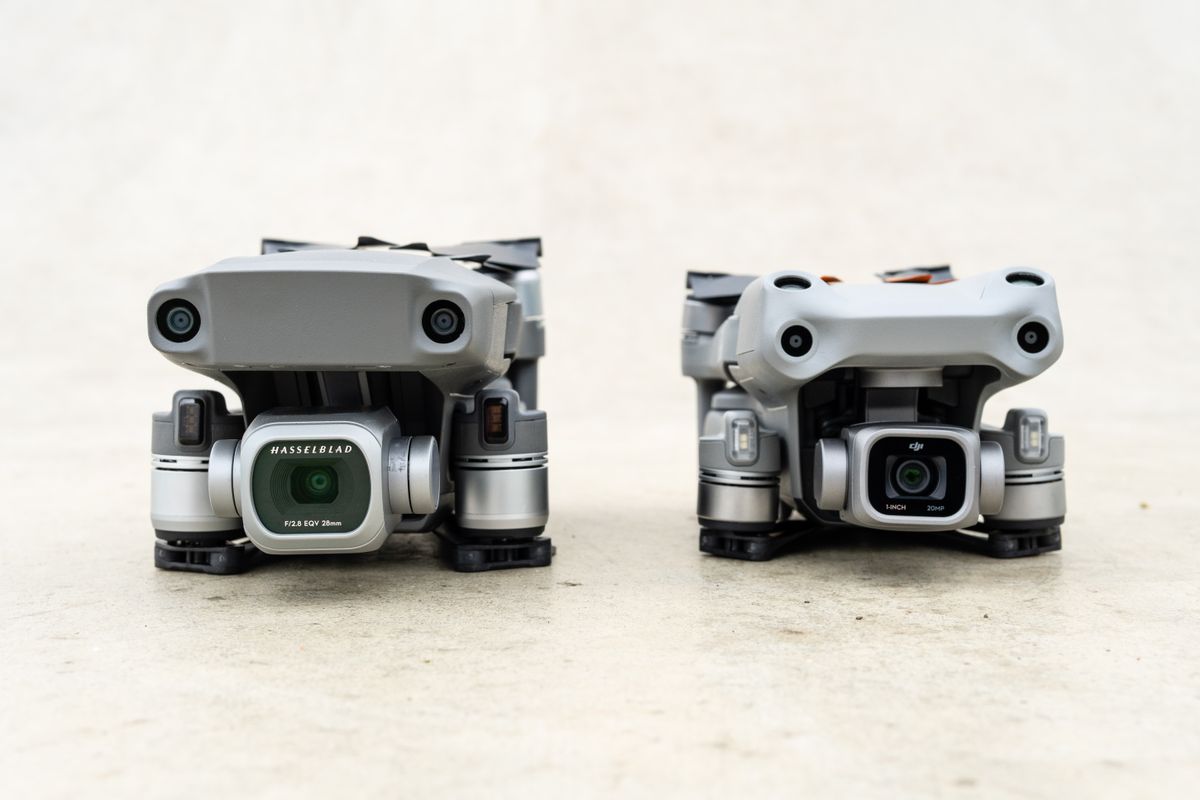

In the Mavic 3 image the red roofs are a cooler red and the ground is a warmer brown, which creates more color contrast for a more vibrant photo. the DJI Air 2S, and it looks like the Hasselblad sensor causes the color to “pop” a bit more.

One of the things DJI promotes with the Mavic 3 is the “Hasselblad Natural Colour Solution” as a reason to consider paying the extra cost vs. You can again see the color difference with these adjustment-free images.

Here are the overall images with no adjustments and default sharpening in Adobe Lightroom: A perfect comparison was also difficult since the Mavic 3 is a 4:3 ratio camera and the Air 2S is 3:2 ratio. Since the DJI Air 2S is 22mm and the Mavic 3 is 24mm, the Mavic 3 was at 300ft and the DJI Air 2S was at 275ft when these photos were taken in an attempt to make the comparison more similar. The first scene we will take a look at was a top down view of a park in the fall. I am going to be nitpicking slight differences in image quality just because it’s interesting (to me anyway!) to see how different sensors can affect the details of your photos. PLEASE NOTE: I am overly meticulous about image quality and I think both of these drones are great for a variety of purposes. The telephoto camera not mentioned in the specs above is a smaller sensor with a lower resolution that only produces JPG’s, so I will go over that camera with samples after I compare the Mavic 3’s main camera to the DJI Air 2S. Besides having a larger sensor, the other interesting thing about the Mavic 3 is that it features a gimbal with TWO cameras.


 0 kommentar(er)
0 kommentar(er)
